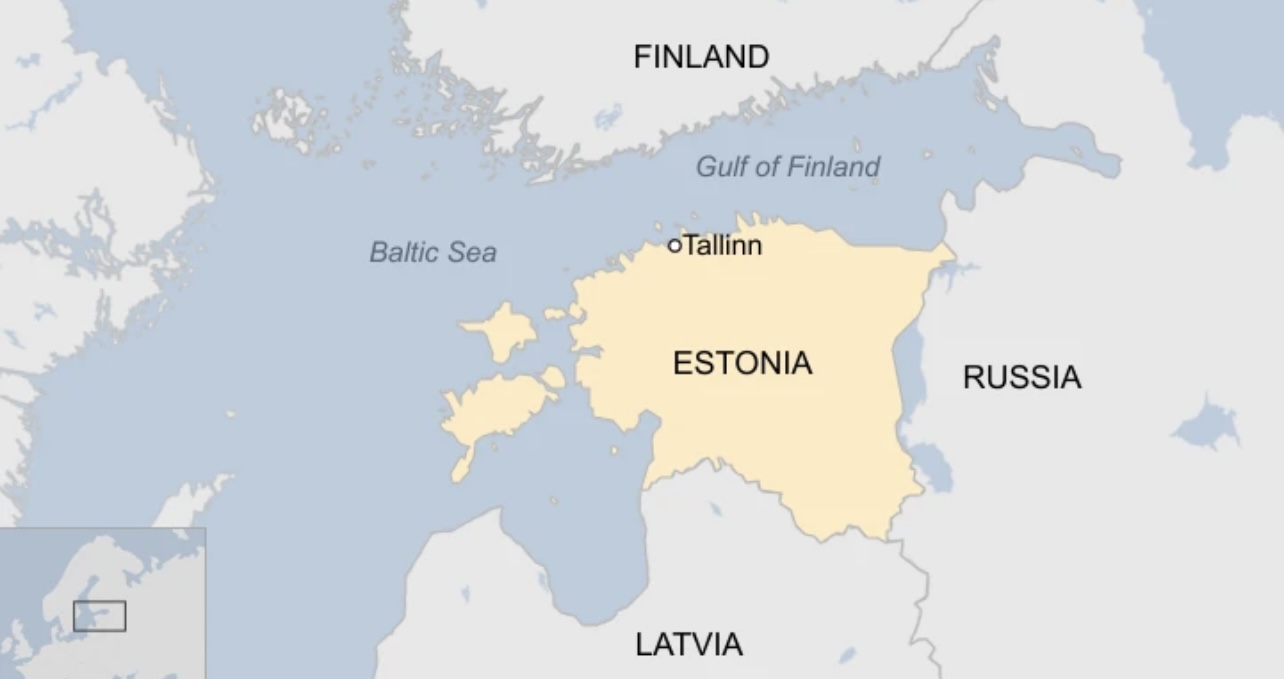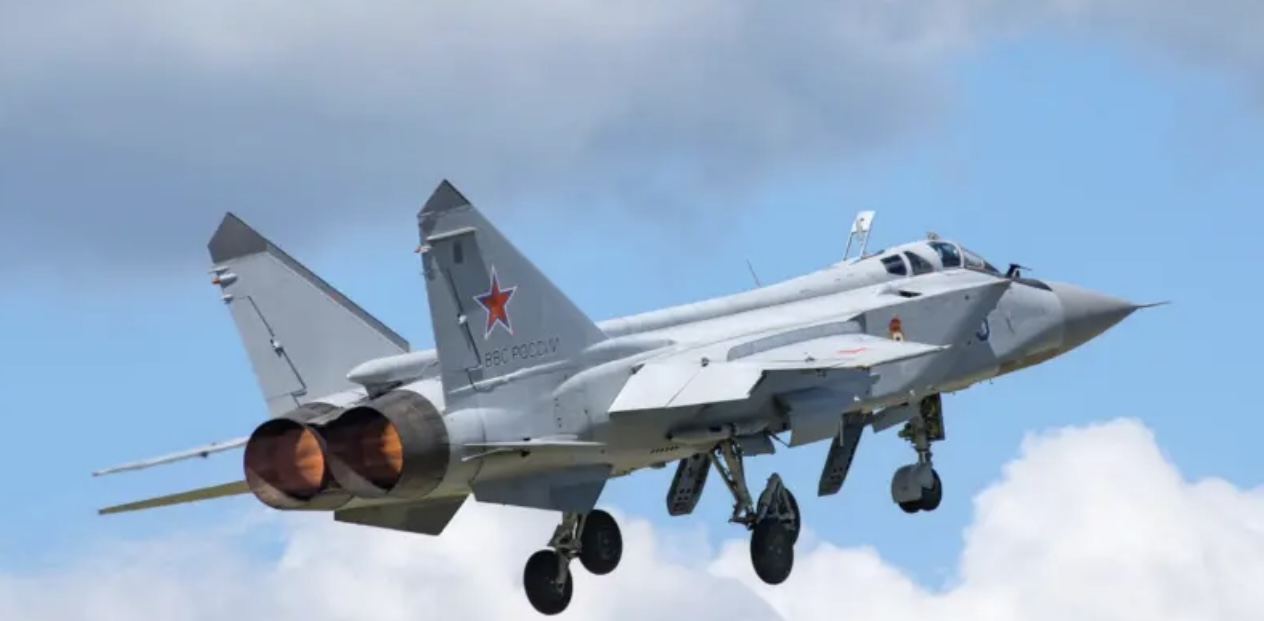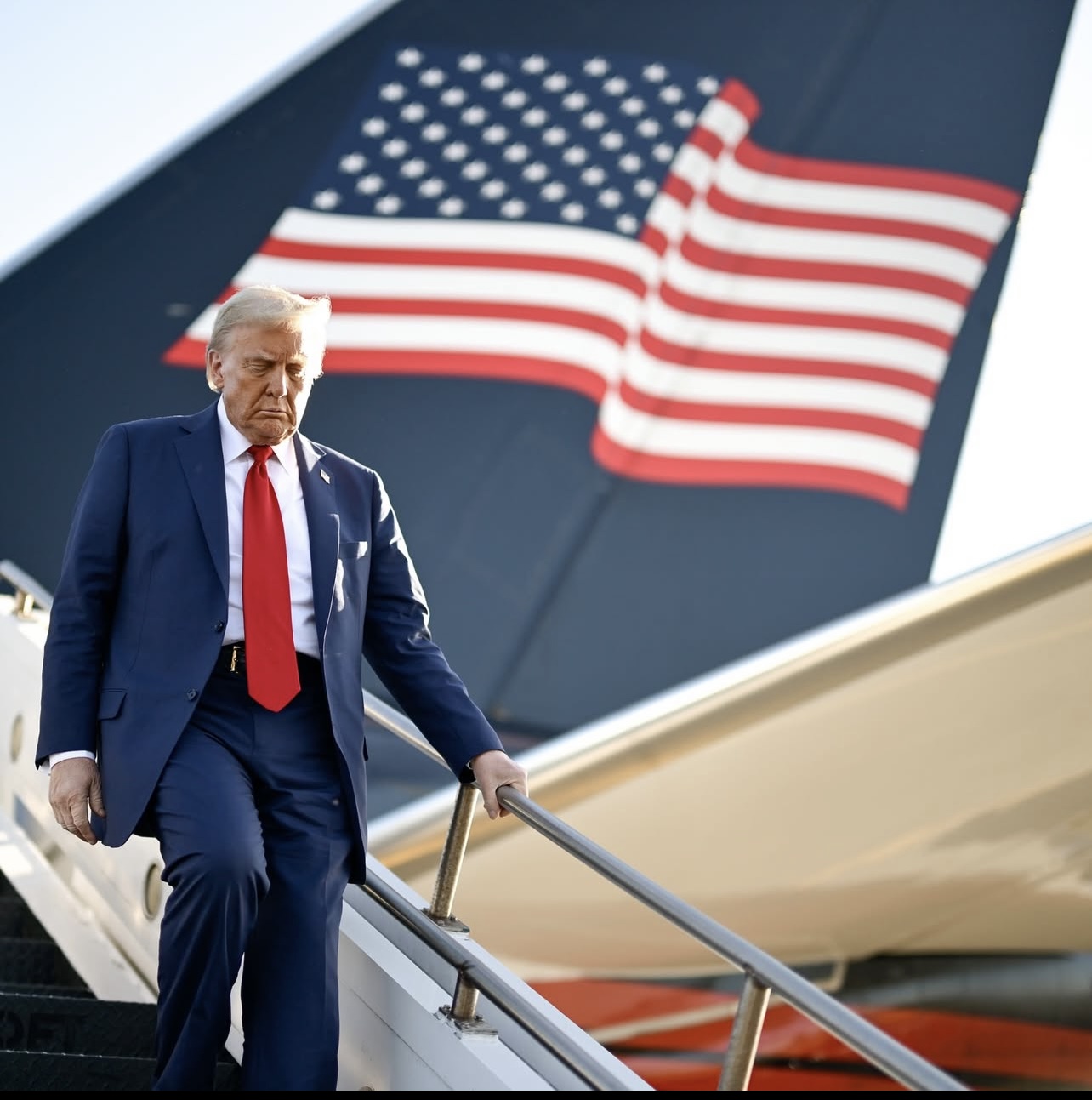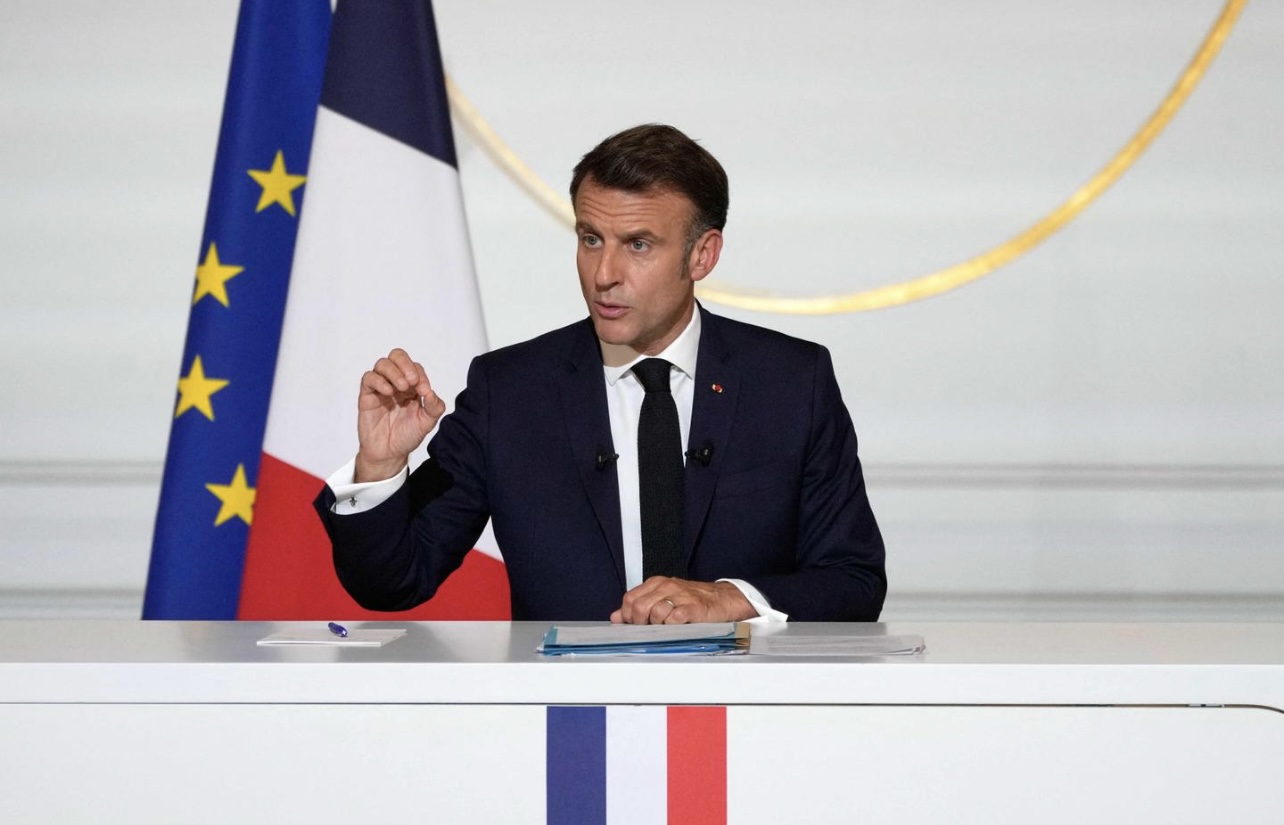Tensions along NATO’s eastern flank escalated on Thursday after Estonia reported that three Russian MiG-31 fighter jets breached its airspace over the Gulf of Finland. According to Estonian defense officials, the aircraft entered near Vaindloo Island and remained inside the country’s territory for around twelve minutes without authorization. The Russian jets had not submitted flight plans, failed to activate transponders, and ignored communication attempts from Estonia’s air traffic controllers, prompting NATO forces to intervene.
Italian F-35s deployed under NATO’s Baltic Air Policing Mission were scrambled to intercept the Russian planes. The jets escorted the aircraft out of Estonian airspace, averting any further escalation. While NATO routinely responds to Russian military flights near alliance borders, Estonian leaders said this particular violation was unusually brazen both in scale and duration.
The Estonian government swiftly summoned Russia’s chargé d’affaires in Tallinn to lodge a formal protest, while officials in both the defense and foreign ministries described the incident as unprecedented. Prime Minister Kristen Michal condemned the intrusion as “totally unacceptable” and confirmed that Estonia would invoke Article 4 of the NATO treaty, a mechanism that allows member states to request urgent consultations when their security is under threat.
European leaders also expressed alarm. EU foreign policy chief Kaja Kallas, herself Estonian, said the violation was an “extremely dangerous provocation,” while European Commission President Ursula von der Leyen echoed calls for stronger measures to deter further Russian aggression. Analysts note that this marks the fourth reported airspace violation by Russian forces in Estonia so far in 2025, underscoring a pattern of testing NATO’s readiness. Unlike previous incidents, which typically involved single aircraft or shorter intrusions, the latest breach involved multiple fighter jets remaining inside NATO airspace for an extended period.
The episode comes amid broader regional instability, with Poland and Romania also reporting recent airspace violations by Russian drones and aircraft. Security experts argue that Moscow may be deliberately escalating pressure along NATO’s borders to gauge the alliance’s response while continuing its military campaign in Ukraine. NATO officials insist the alliance remains vigilant and prepared, stressing that quick interception by Italian F-35s demonstrated both readiness and unity among members.

For Estonia, one of NATO’s smallest but most vulnerable allies, the intrusion serves as a stark reminder of its proximity to Russia and the ongoing challenges of ensuring security in the Baltic region.



